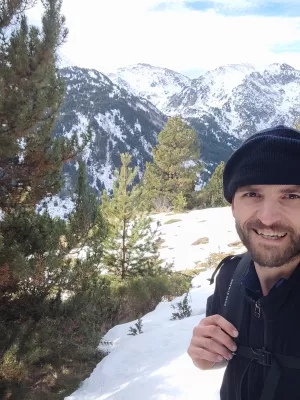
Santi Roca Fabrega
Research engineer

The AGORA High-resolution Galaxy Simulations Comparison Project. V. Satellite Galaxy Populations in a Cosmological Zoom-in Simulation of a Milky Way-Mass Halo
Author
Summary, in English
We analyze and compare the satellite halo populations at z ∼ 2 in the high-resolution cosmological zoom-in simulations of a 1012 M ⊙ target halo (z = 0 mass) carried out on eight widely used astrophysical simulation codes (Art-I, Enzo, Ramses, Changa, Gadget-3, Gear, Arepo-t, and Gizmo) for the AGORA High-resolution Galaxy Simulations Comparison Project. We use slightly different redshift epochs near z = 2 for each code (hereafter “z ∼ 2”) at which the eight simulations are in the same stage in the target halo’s merger history. After identifying the matched pairs of halos between the CosmoRun simulations and the DMO simulations, we discover that each CosmoRun halo tends to be less massive than its DMO counterpart. When we consider only the halos containing stellar particles at z ∼ 2, the number of satellite galaxies is significantly fewer than that of dark matter halos in all participating AGORA simulations and is comparable to the number of present-day satellites near the Milky Way or M31. The so-called “missing satellite problem” is fully resolved across all participating codes simply by implementing the common baryonic physics adopted in AGORA and the stellar feedback prescription commonly used in each code, with sufficient numerical resolution (≲100 proper pc at z = 2). We also compare other properties such as the stellar mass-halo mass relation and the mass-metallicity relation. Our work highlights the value of comparison studies such as AGORA, where outstanding problems in galaxy formation theory are studied simultaneously on multiple numerical platforms.
Department/s
- Astrophysics
Publishing year
2024-04-01
Language
English
Publication/Series
Astrophysical Journal
Volume
964
Issue
2
Document type
Journal article
Publisher
American Astronomical Society
Topic
- Astronomy, Astrophysics and Cosmology
Status
Published
ISBN/ISSN/Other
- ISSN: 0004-637X

